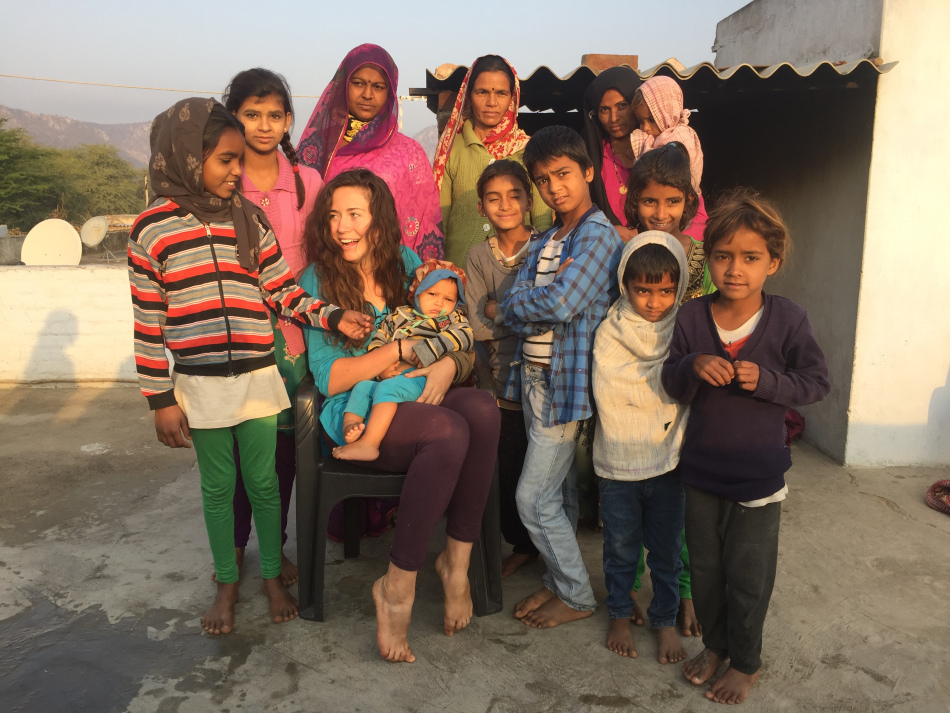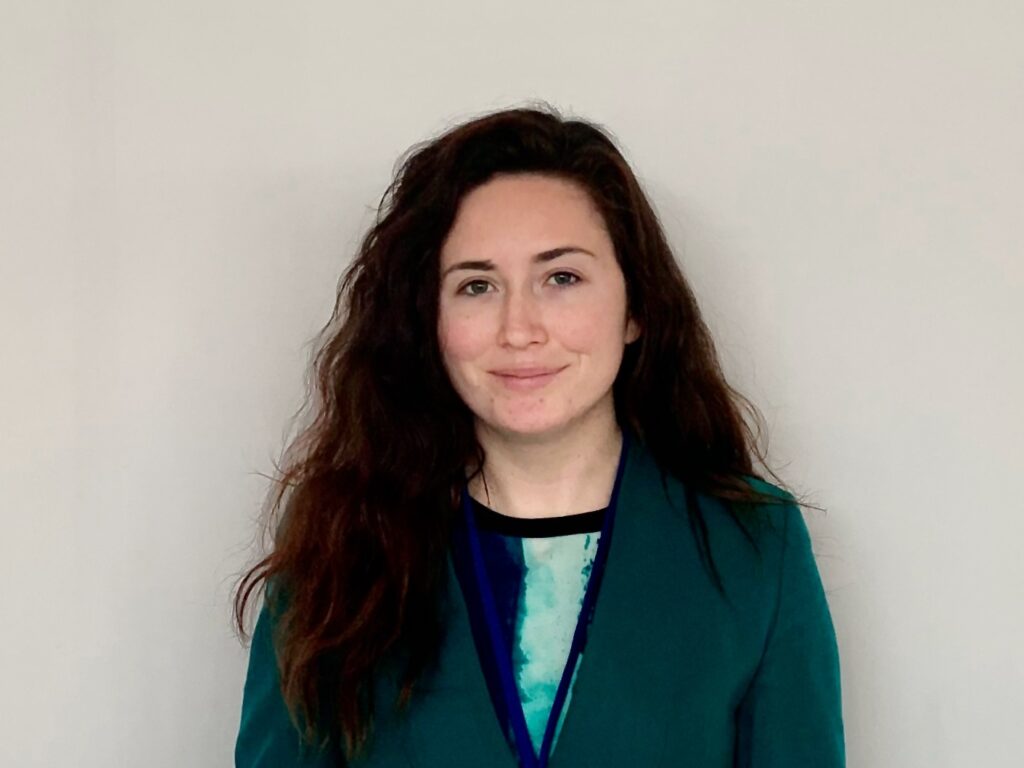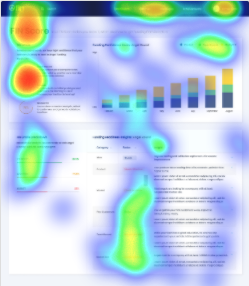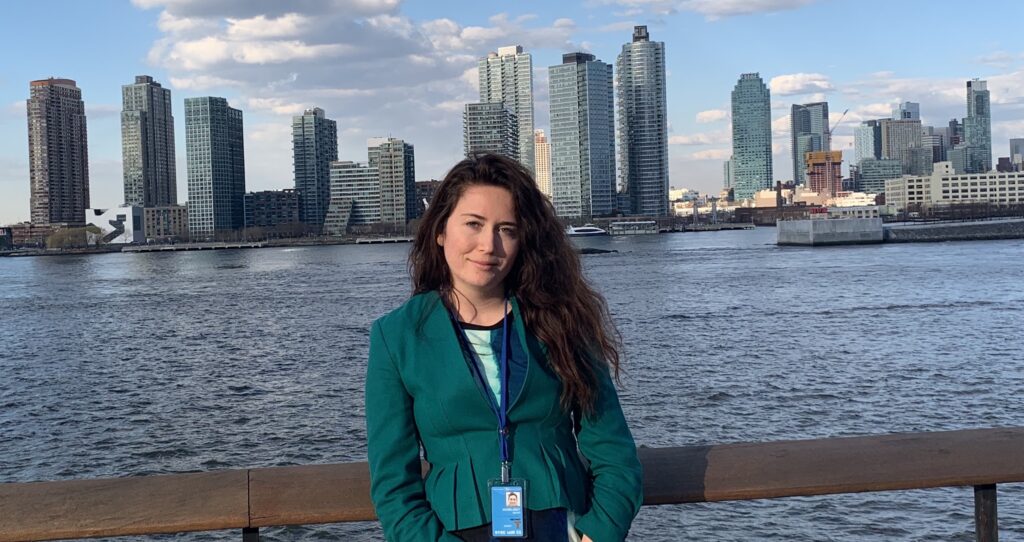I have done transformational work for both fortune 500 and early-stage startups. I focus on synthesizing abstract ideas into concrete hypotheses and driving discovery to validate product-market fits through design. With careful consideration of tech applications, I take responsibility for the high-level functionality of the product. In order to ensure great user experience, I create and validate designs with feedback from user tests. I have a clear communication style and deliver high quality, goal-centered results.
I studied biology in undergraduate because it was hard and highly technical. I was a strong student, and after graduating early I still felt a huge part of my education was lacking. I know thousands of organic chemistry equations, but I know nothing about former Yugoslavia or other important histories of culture. I loved understanding people, and I didn’t want to work in a lab the rest of my life.
Armed with a two T-shirts, a single pair of pants and a notebook, set out to wander around the world. I wrote, I worked as a freelance developer, self taught in HTML, CSS, and JS, and even picked up a full time English teaching job in India. But mostly, I wandered. I met people. I had conversations. I fell in love with countless corners of the world.
Over the course of two years, I lived in about 25 different countries. I filled up countless notebooks and walked hundreds of miles.
With a growing demand for web development work, and lots of frustrating moments, I felt I’d always be a mediocre coder without an proper education or bootcamp. I was one month in to my coding bootcamp when I came across UX. I suddenly felt like all the work I’d done learning languages and making friends across cultures had some value. I saw this beautiful intersection between my love for technology and my love for people.






I took part in an immersive six month UX/UI Bootcamp with industry experts through Springboard. But only one month into the program, I got hired designing a new app to come to market. Within the 6 months of my course, I had worked on five large products as a lead designer. My traction in the job market was due to my ability to understand technology (web development background), my tireless advocation for the user, my networking activity, and positive referrals from clients.
Since making the decision to pursue UX, I have yet to find a gap in my schedule more than a week between projects.
Before the bootcamp, I had spent time building a number of websites and reading about UX, but working one on one with my mentor really taught me the.value of a user-driven approach. Additionally, I learned key deliverables and best practices in order to bring structure to idea exploration and designing.
Now I have been working on larger and larger products, usually for a period of one to three months each. I’ve done a CRM software design for Edison, wellness applications, and a number of other complex experiences such as live streaming and data labeling. My attention to detail and ability to objectively listen are strengths in my practice.
I’ve increased the variety and depth of my user testing. Now, I structure each sprint with built in user tests. I mix moderated and unmoderated methods in order to gather qualitative as well as quantitative information.
UX is an objective practice. I articulate design decisions in detail to stakeholders, and divert key decisions to the users as much as possible.
I’ve grown as a UI designer, building up my own library as well as sticking to design systems more. I’ve created a number of experiences spanning across industries and am so excited to see what is to come.






Ultimately, I work with both enterprise and startup clients in order to design experiences that create tangible value for users. I take a highly user-centered approach to building products. My role is to focus on the users and validate problem driven approaches in order to lead efficient development.
It’s been amazing to see the ROI of great experiences in action. Design thinking exercises de-risk new products by validating hypotheses from the beginning. Finding a real product-market fit is a challenge, but with structured experiments, disruptive innovation is possible.
I’ve grown in my journey as a UX designer, now having done major software design for large clients in AI, health care, and energy.
Best,
